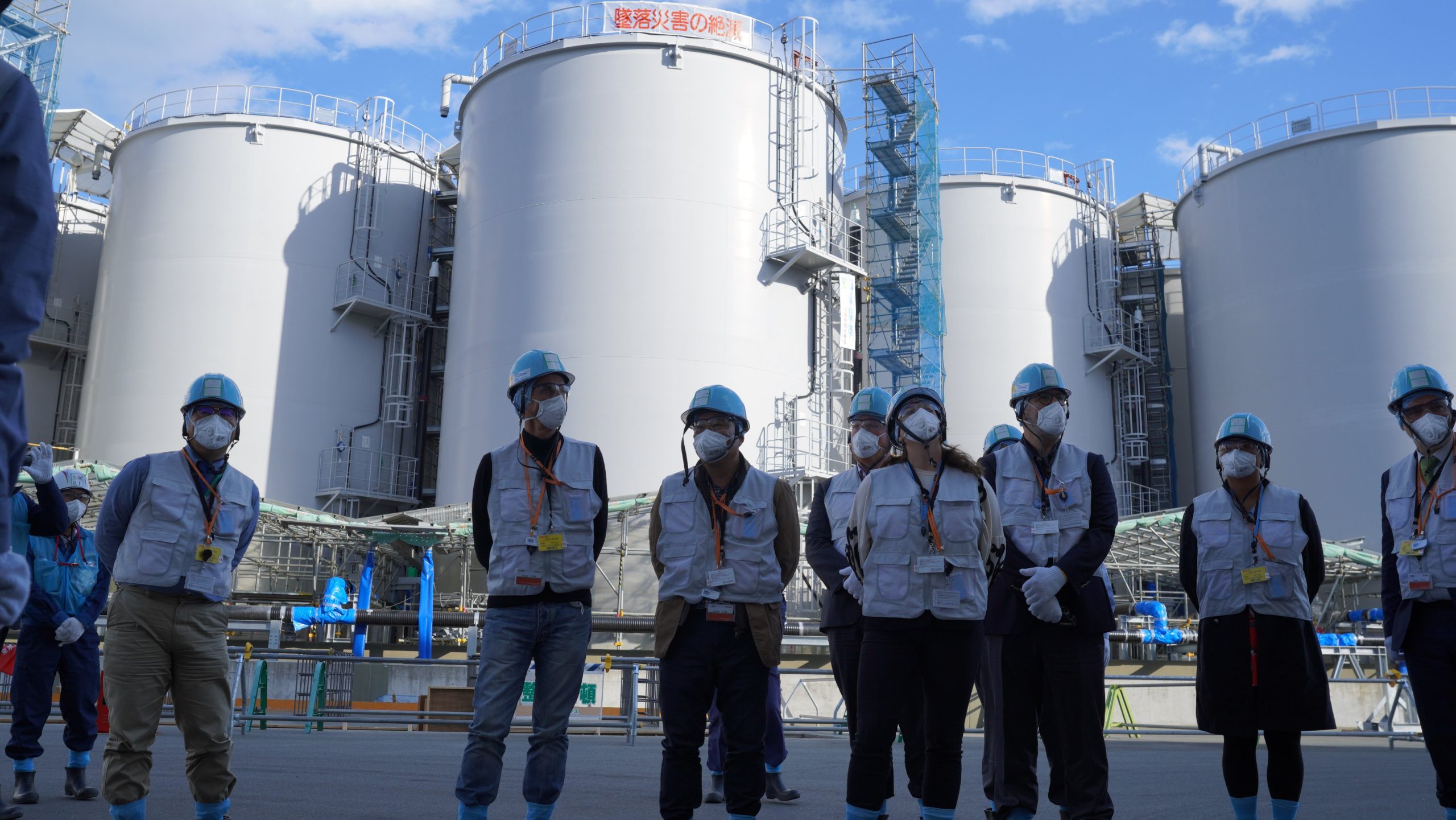An international law expert says Pacific leaders, including Australia and New Zealand, could be undermining the objectives of the South Pacific Nuclear Free Zone Treaty, otherwise known as the Rarotonga Treaty.
Duncan Currie said regional leaders were walking a fine line by not opposing the imminent release of radioactive wastewater by Japan into the Pacific Ocean.
Pacific Islands Forum (PIF) secretary general Henry Puna said Article Seven of the Rarotonga Treaty places an obligation on states which are signatories to “prevent dumping” in light of the legacy of nuclear weapons testing in the region.
The Forum has this week reaffirmed its stance on the upcoming release calling it “an issue of significant transboundary and transgenerational impacts”.
Japan is preparing to dump about 1.3 million tonnes of contaminated water into the Pacific over three to four decades, which it said would be made safe through an Advanced Liquid Processing System (ALPS) and then dilution.
The move is an effort to decommission the Fukushima Daiichi Nuclear Power Plant, 12 years after it was devastated by a tsunami.
Ocean currents experts are predicting the waste would sweep right across the Pacific.
Puna said the move also had the potential to set a “precedent” for deliberate, unilateral dumping of high volumes of nuclear waste into “our ocean”.
“This itself poses major impacts and long-term worry for Pacific Island states who should not have to bear another nuclear testing activity.
“New approaches, including alternatives to ocean dumping, are needed and are the responsible way forward,” Puna said.
While Japan insists the wastewater is to be treated and safe, it will still be radioactive.
But even if it is safe, the Rarotonga Treaty states signatories must “prevent the dumping of radioactive wastes and other radioactive matter by anyone in its territorial sea”.
Duncan Currie, who is advising Greenpeace in South Korea on the release, would not go so far as to say Pacific leaders were in breach of the Treaty, but believed some Pacific leaders were, “undermining the objectives of the Rarotonga Treaty by not standing up against Japan’s plans2.
In December 2022, the New Zealand government said it would not take legal action to stop the release.
The current State Parties to the Treaty are: Australia, Cook Islands, Fiji, Kiribati, Nauru, New Zealand, Niue, Papua New Guinea, Samoa, Solomon Islands, Tonga, Tuvalu, and Vanuatu.
U.S and French territories are not signatories and neither are the three independent Micronesian states who have compacts of free association with America.
“The Pacific is strong if they stand together. And it’s just too easy, unfortunately, to take advantage of their vulnerability,2 Currie said.
The President of the Federated States of Micronesia (FSM) earlier this year expressed his support for Japan’s plans during a trip to Japan.
Papua New Guinea’s Prime Minister has also spoken out about his position.
James Marape said Japan could only go ahead with its plans if the “test is compliant upon all the global standards and requirements,” which the Japanese government said would be the case.
Henry Puna continues to drum home the importance of regionalism, which means sticking together on this issue.
“We know the importance of collective strength to the future of our Blue Pacific continent.
“When that collective strength seeks to better know and serve the needs of all who live in our sea of islands – our vast Te Moana-nui-ā-Kiwa – we can totally lead the world,” Puna said.
Curtin University nuclear science associate professor Nigel Marks finds the idea that the South Pacific can be “nuclear free” – which he described as a social statement – problematic.
“Of course, nothing is nuclear free – after all, even people are radioactive, with around 10,000 radioactive decays happening inside our bodies every second,” he said.
Even more problematic is the implication by the PIF’s statement that actions at Fukushima could materially impact the South Pacific, he said.
“Here, the scientific details really matter. The planned release won’t even affect marine life at the outlet point.
“Levels are so low that consuming a lifetime’s worth of seafood would have a tritium radiation equivalent less than a bite of a banana.
“By a distance of 20km from the outlet, levels are 100 times smaller again. To suggest this might somehow affect the South Pacific is absurd,” Marks said.
The start of the release is imminent with Japan already running tests on the mechanisms for the process.
RNZ Pacific has requested comment from both Tokyo Electric Power Company (TEPCO) and the Embassy of Japan in New Zealand for comment.
SOURCE: RNZ PACIFIC/PACNEWS














